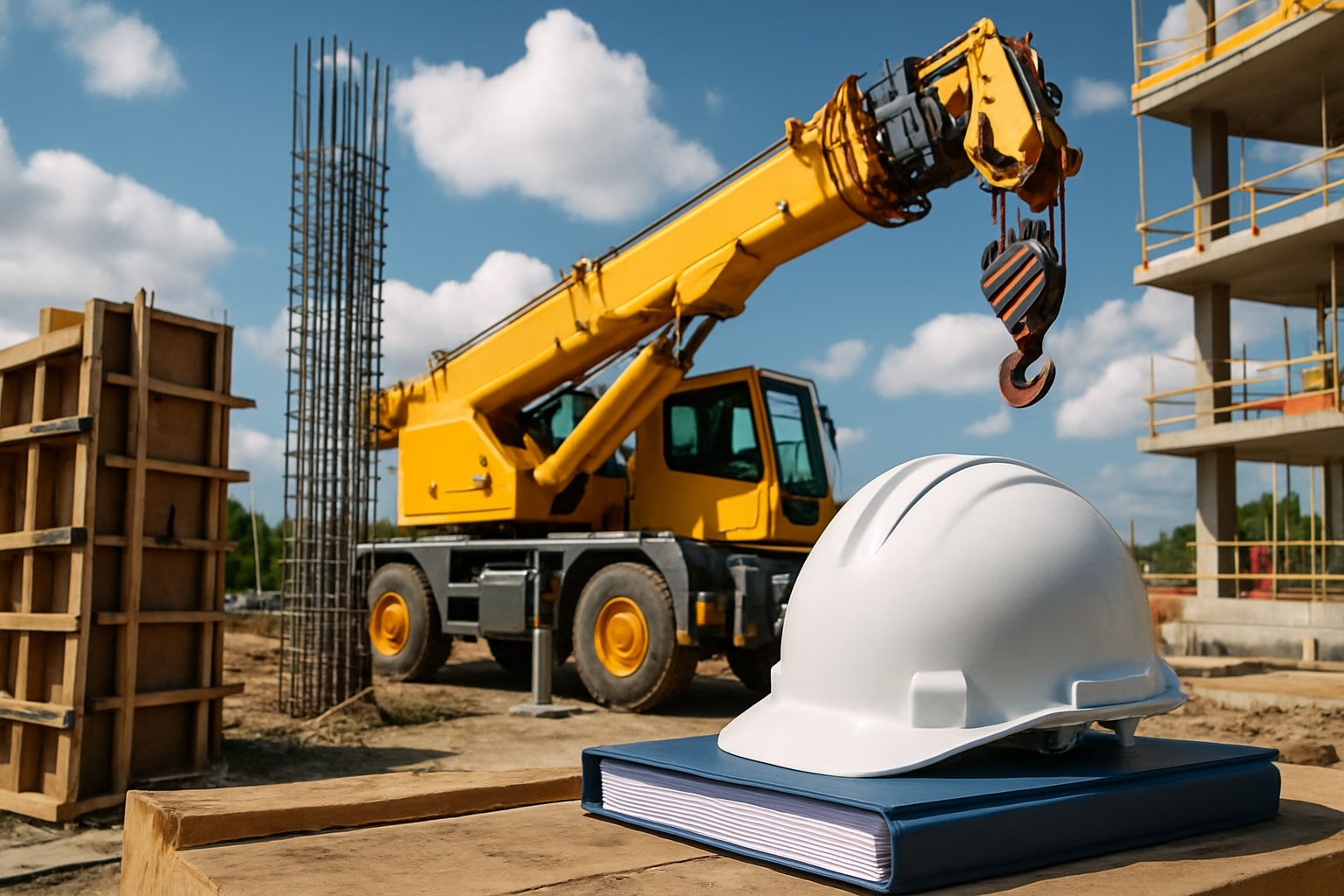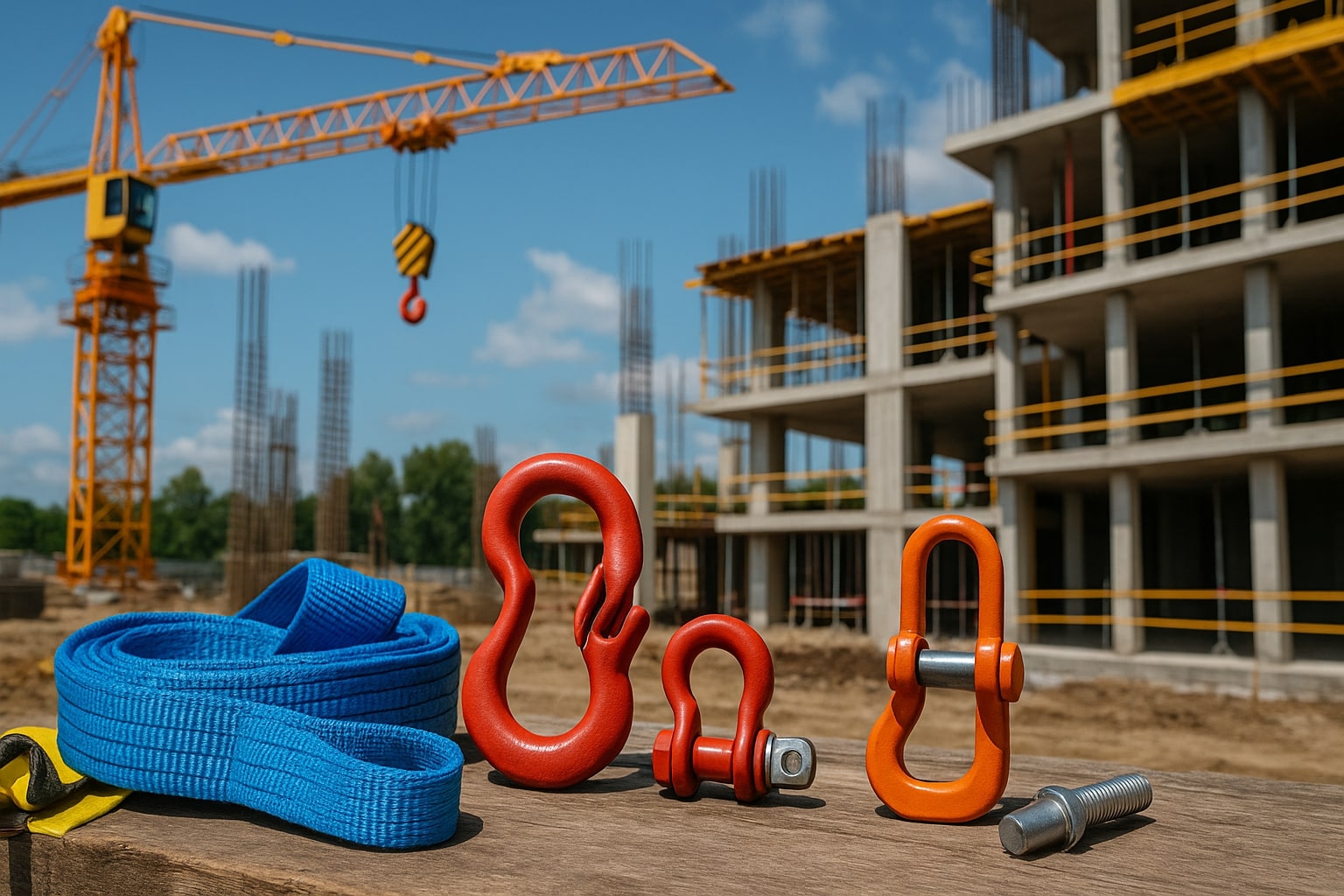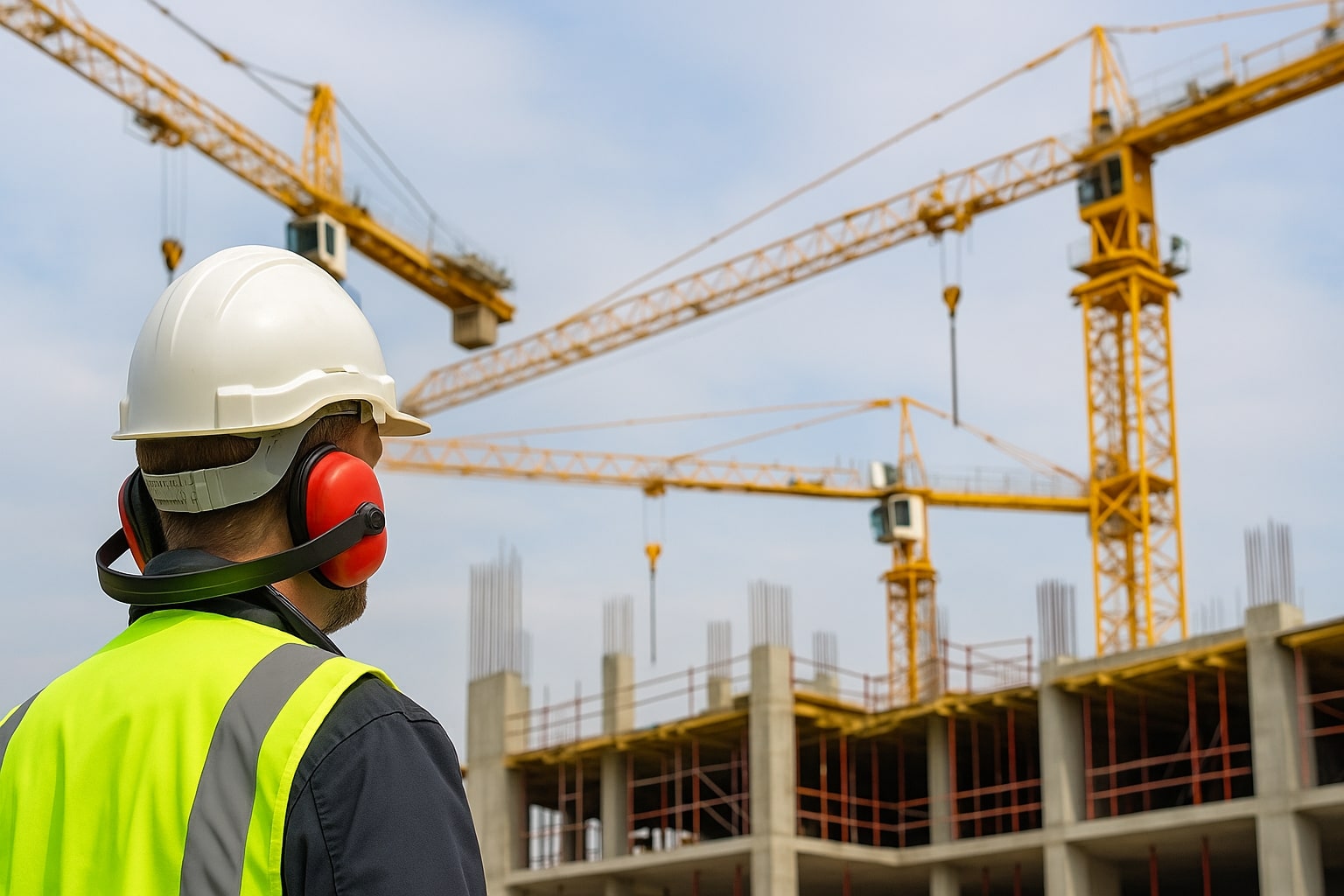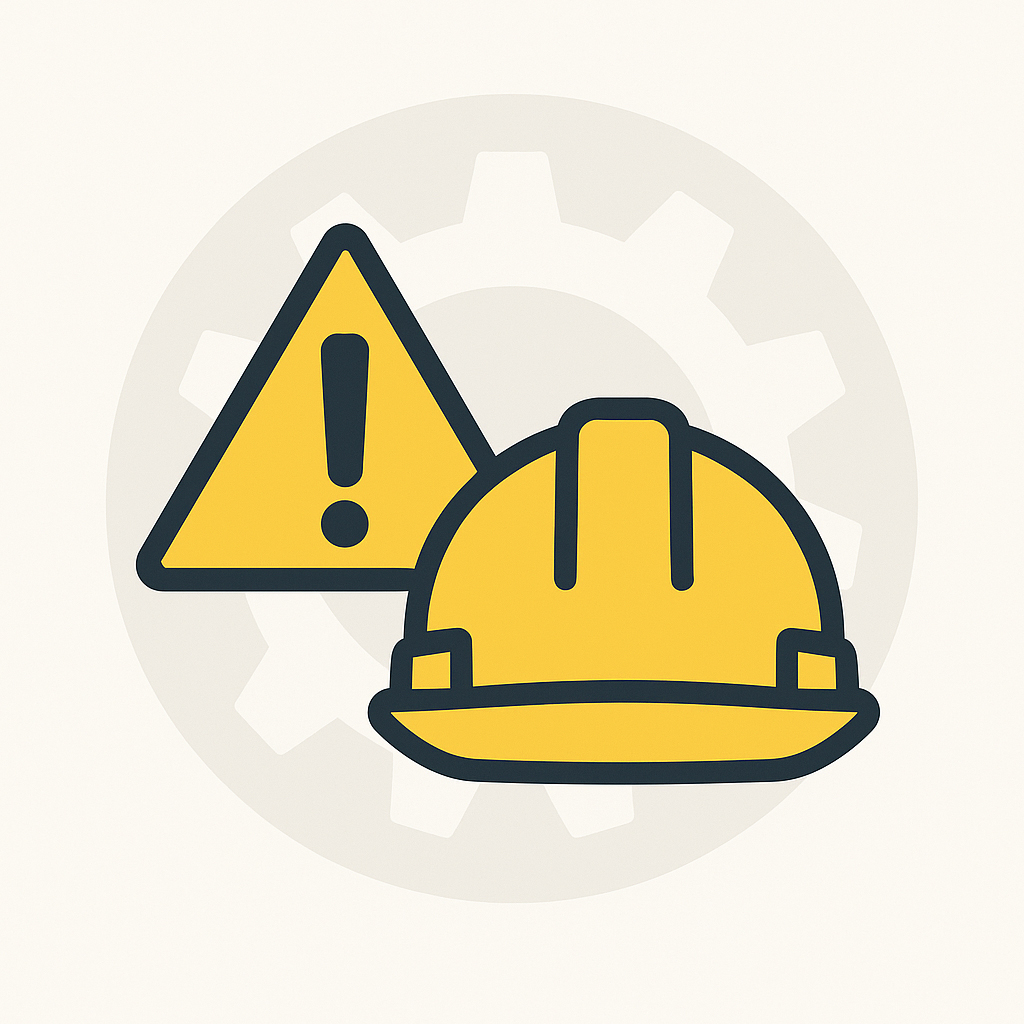ANSI Crane Safety Guidelines
What Is ANSI?
The American National Standards Institute (ANSI) is a nonprofit organization that oversees the development and use of voluntary consensus standards across virtually every sector of the U.S. economy—including construction, crane operations, and rigging equipment.
ANSI doesn’t write safety codes itself—instead, it accredits organizations like ASME, SAIA, and ASSE/BCSP to develop standards. These ANSI-accredited standards are often adopted into OSHA regulations or referenced during safety audits, training programs, and legal reviews.

What Does ANSI Cover in Crane Safety?
While ANSI doesn’t have one central crane regulation like OSHA’s Subpart CC, it oversees a broad range of safety standards that directly impact crane operators, equipment manufacturers, and rigging crews.
Key ANSI standards relevant to cranes include:
| ANSI Standard | Area of Focus | Developed By |
|---|---|---|
| ANSI/ASME B30 Series | Cranes, hooks, slings, and rigging gear | ASME |
| ANSI Z359 | Fall protection systems and harnesses | ASSE/BCSP |
| ANSI A92 | Aerial lift devices and mobile elevated platforms | SAIA |
| ANSI/ASSE Z244.1 | Lockout/Tagout for maintenance safety | ASSE |
These standards influence equipment design, operator training, jobsite procedures, and safety gear usage.

Why ANSI Guidelines Matter for Safety & Compliance
Even though ANSI standards are not laws, they’re often treated as industry best practices—and OSHA regularly cites them in enforcement.
Here’s why ANSI matters:
- Clarifies technical gaps not directly addressed in OSHA
- Supports equipment design and operational improvements
- Forms the basis of most safety training programs
- Applies to manufacturers, suppliers, and construction crews
- Used as legal references in incident investigations and audits
Real-World Example: If your aerial lift operator uses a fall harness, OSHA expects that equipment to meet ANSI Z359 specs—even though Z359 isn’t directly written into OSHA law.

How Crane Safe LLC Applies ANSI Best Practices
Our team uses ANSI-accredited standards to guide everything from training to inspections and safety audits. We stay current with ANSI updates so you don’t have to.
Here’s how we bring ANSI into the real world:
- Fall protection assessments using Z359 and ASSE guidance
- Safe rigging protocols aligned with ASME B30.26 (ANSI-approved)
- Equipment reviews for lockout/tagout and mobile platforms
- On-site training programs using ANSI-backed techniques
- Audit prep that includes ANSI standard cross-referencing
- Guidance for manufacturers seeking ANSI-based quality control

“ANSI sets the standard. We make it practical.”
Frequently Asked Questions
Do I have to follow ANSI standards?
Not legally—but OSHA can cite them during inspections if ANSI is considered the industry standard for your task or equipment.
How do ANSI, OSHA, and ASME work together?
ANSI accredits organizations like ASME to write technical safety codes. OSHA then references those codes in regulatory enforcement. Together, they form the full picture of compliance.
What ANSI standard applies to rigging hardware?
ANSI/ASME B30.26 is the primary standard for rigging hardware like shackles, turnbuckles, and eyebolts.
Learn More

ASME B30 Safety Codes
The American Society of Mechanical Engineers (ASME) sets industry-accepted technical safety standards like B30.5 for mobile cranes and B30.3 for tower cranes. These standards guide the safest crane operation practices in the field today.

OSHA Regulations
OSHA enforces crane safety laws in the workplace, including operator certification, inspections, and hazard prevention. Noncompliance means fines or worse—accidents.

NCCCO Certification
To operate cranes legally and safely, many jobsites require NCCCO-certified operators. We train, test, and certify according to the most respected program in the U.S.
